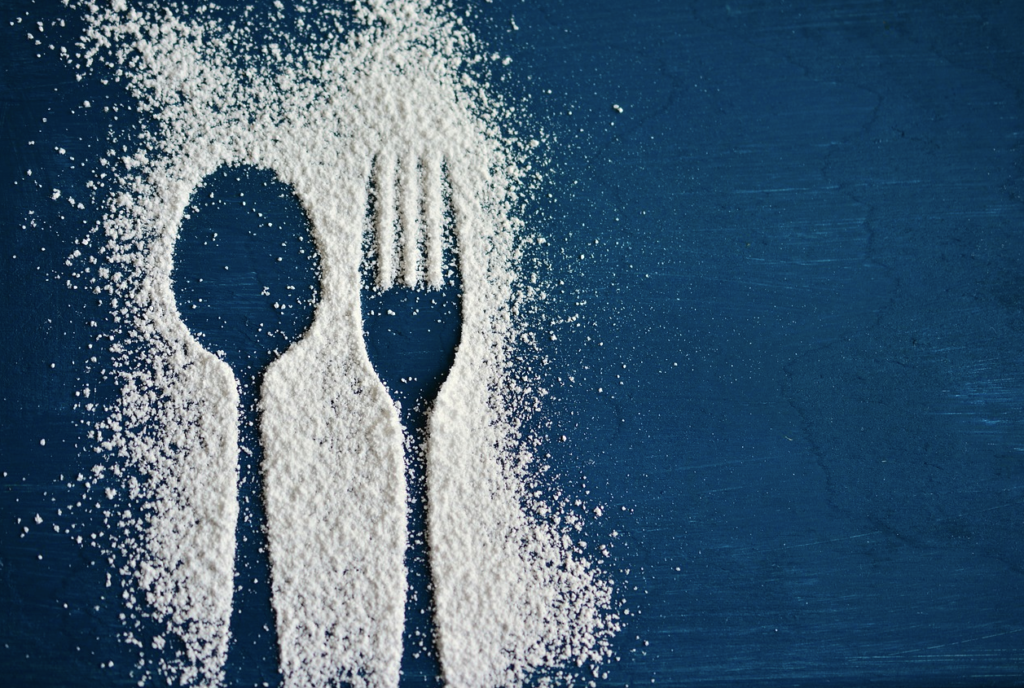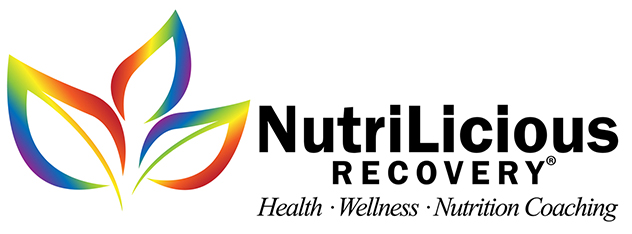
Since sugar has been linked to obesity, heart disease, insulin resistance, metabolic syndrome, fatty liver disease, and Type 2 diabetes – the healthful path is to avoid or break-up with sugar. Easier said than done… but not impossible! Sugars are short chain To do it effectively one should become an expert at reading nutrition labels AND know all of sugar’s aliases:
- Glucose: sugar metabolized by every cell in your body
- Barley malt
- Brown rice syrup
- Corn syrup
- Dextrin
- Dextrose
- Diastatic malt
- Ethyl maltol
- Lactose
- Malt syrup
- Maltodextrin
- Maltose
- Rice syrup
- Fructose: sugar metabolized by the liver
- Combinations of Glucose and Fructose
- Sucrose: table sugar (composed of glucose and fructose evenly); extracted from sugar cane/beets; a refined sugar: not considered healthy.
- High fructose corn syrup (HFCS): an almost even mix of glucose and fructose made from corn starch processing used in foods and beverages
- Agave nectar: produced by an agave plant; consists of 80% fructose and 20% glucose and doesn’t spike blood sugar; used in healthier foods like cereal bars and yogurts
- Beet Sugar
- Birch Syrup
- Blackstrap molasses
- Brown Sugar
- Buttered Syrup
- Can juice crystals
- Cane sugar
- Caramel
- Carob syrup
- Castor sugar
- Coconut sugar
- Confectioner’s sugar / Powdered sugar
- Date sugar
- Demerara sugar
- Florida crystals
- Fruit juice & concentrate
- Golden sugar
- Gord
- Grape sugar
- Honey
- Icing sugar
- Invert sugar
- Maple syrup
- Muscovado sugar
- Panela sugar
- Rapadura
- Raw sugar
- Refiner’s syrup
- Sorghum syrup
- Sucanat
- Sugar beet syrup
- Treacle sugar
- Turbinado sugar
- Yellow sugar
- Sweetener without glucose & fructose
- D-ribose: not as sweet
- Galactose: not as sweet
If you are new to label reading, you will be amazed at how many foods contain sugars… such as condiments, spaghetti sauces, soups, and yogurts. When an alias is used on the label, it’s difficult to understand if the food is fortified with sugar unless you are familiar with the aliases. When more than one sugar is used, then the sugars can be listed further down in the ingredient list giving a misconception that the quantity of sugar used must be quite low… even when the product is mostly sugar.
The main takeaway from this is to limit the amount of sugar you consume and to be aware of all the aliases.


